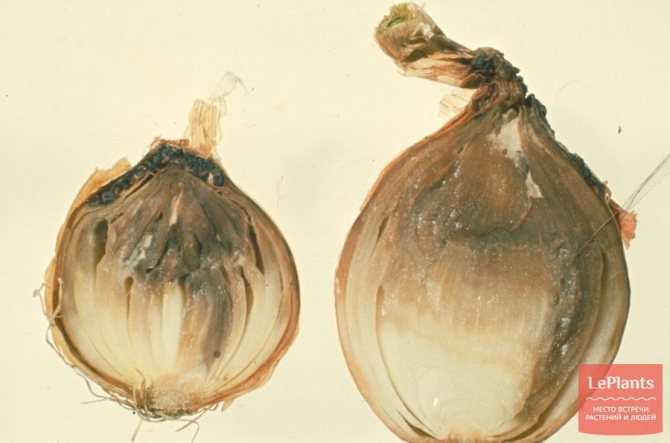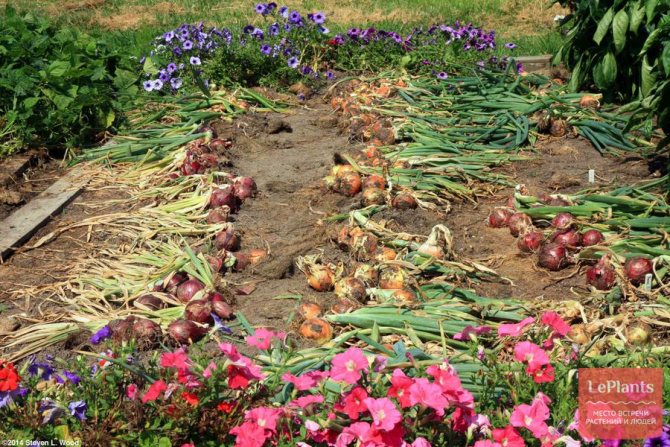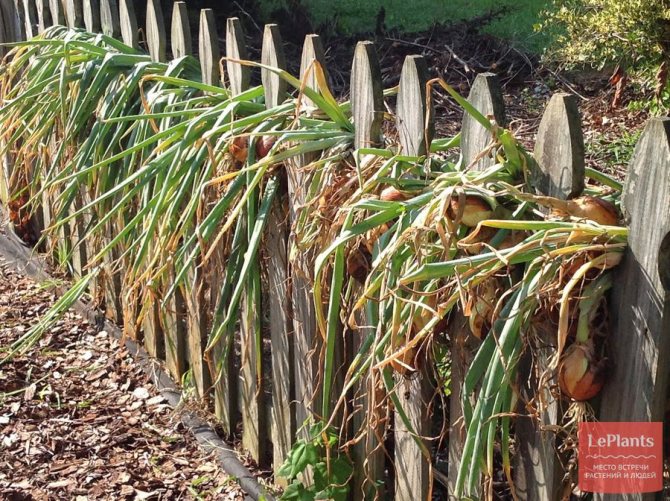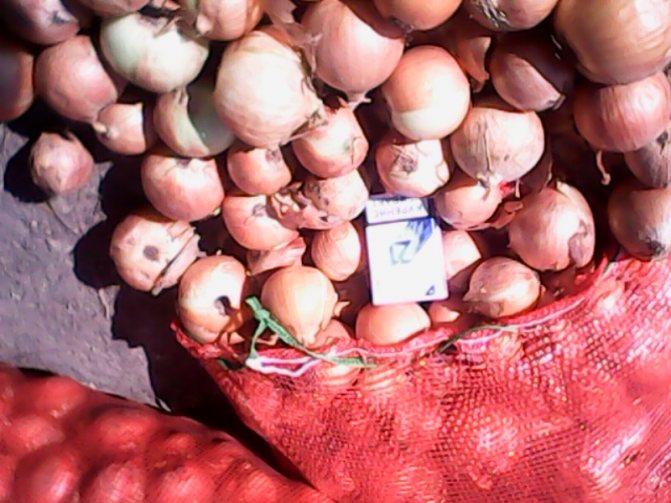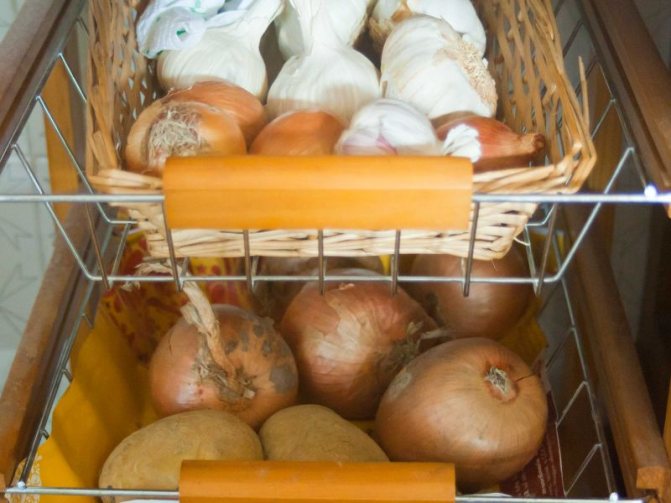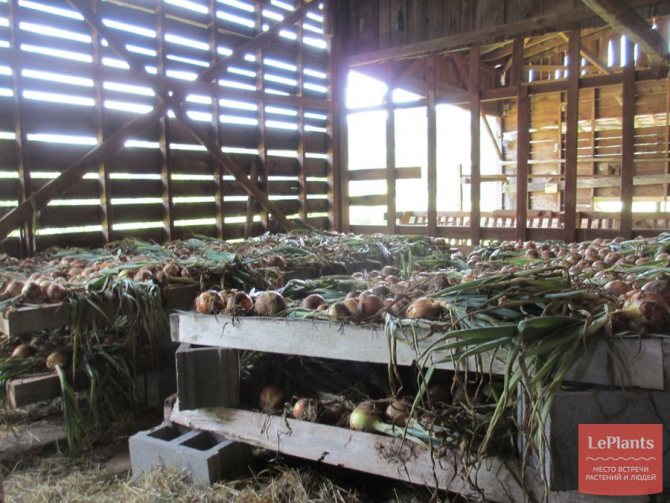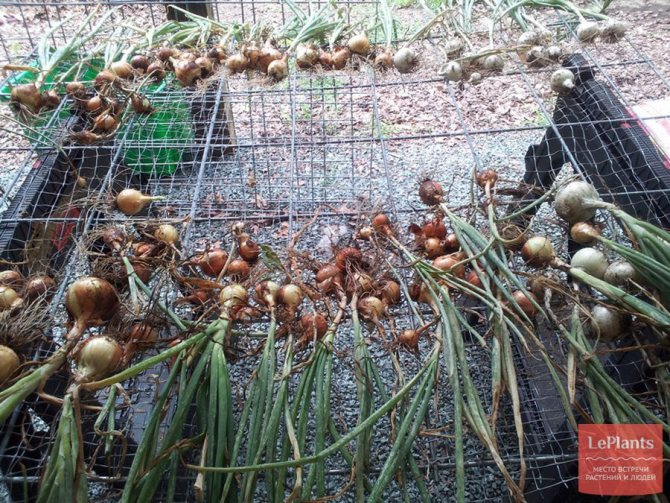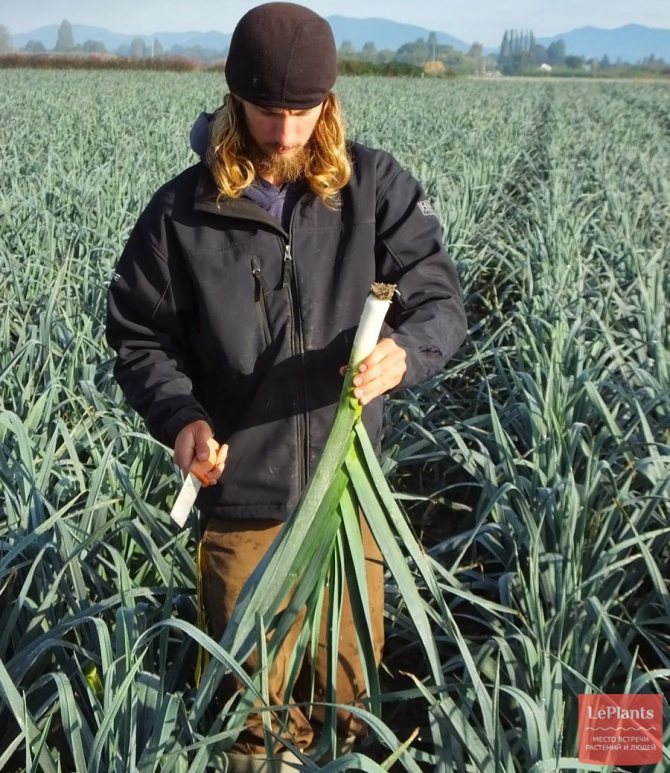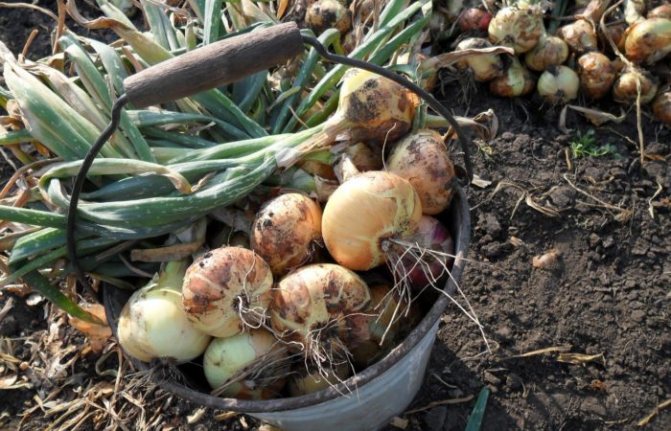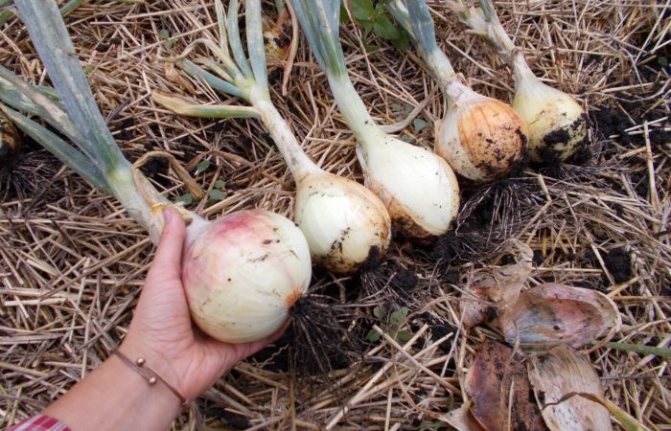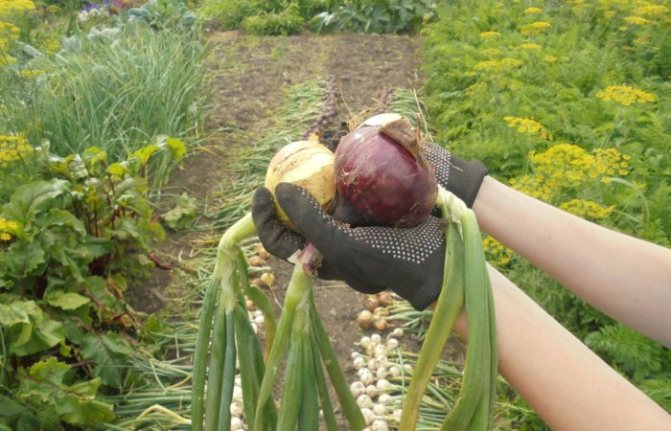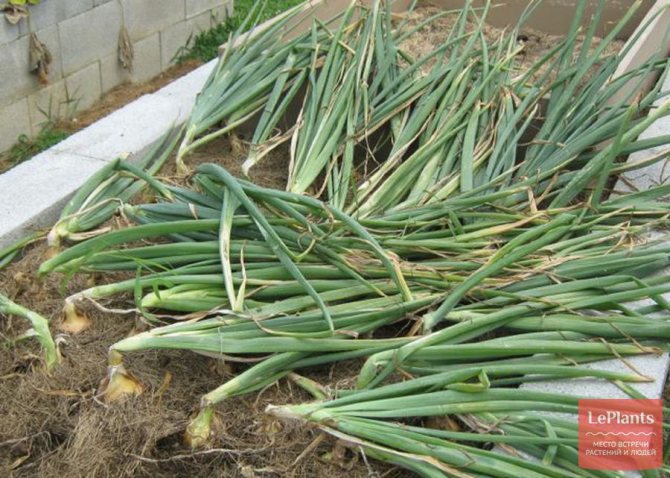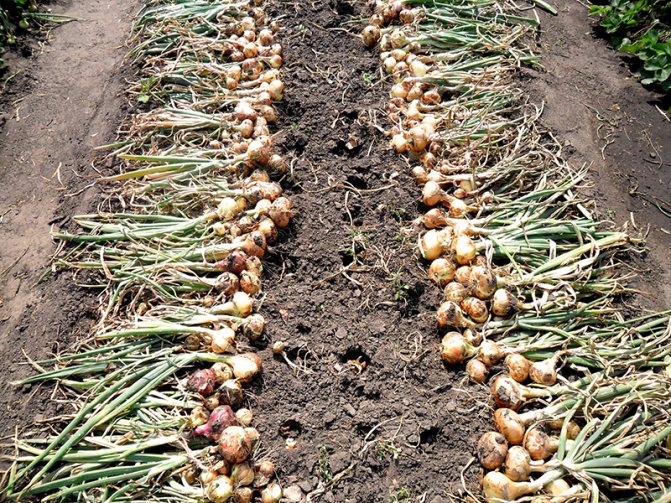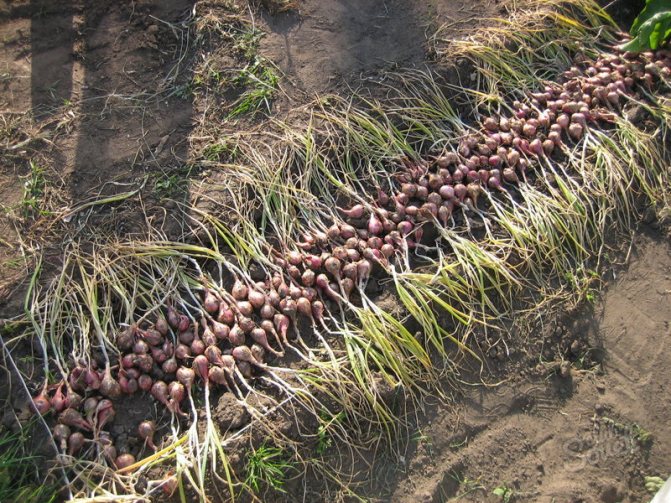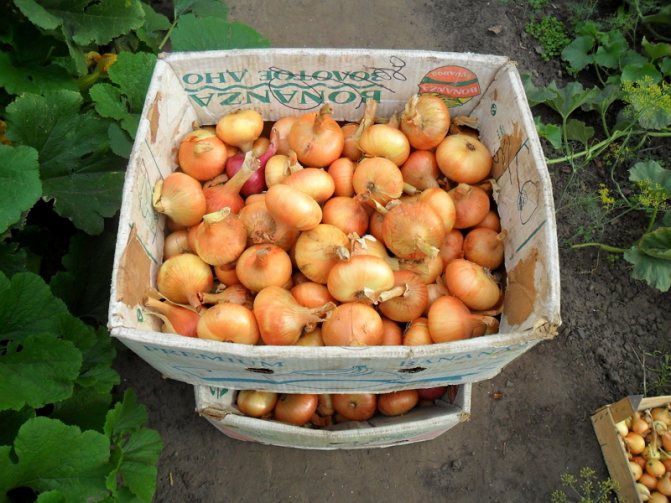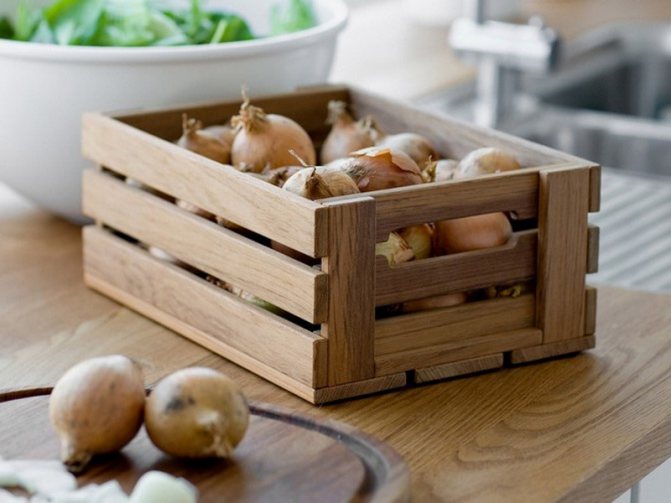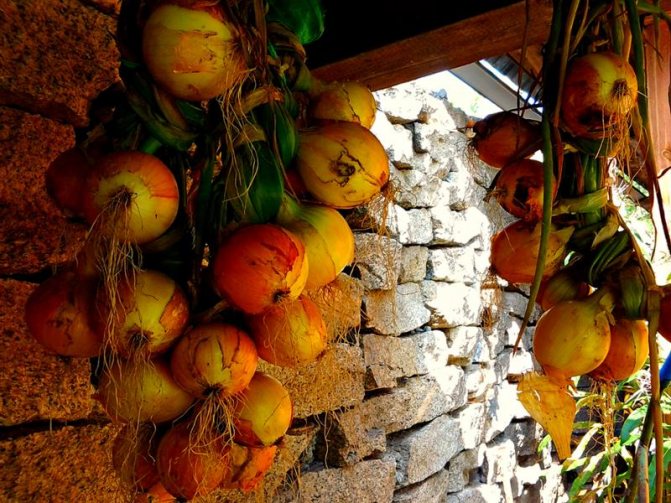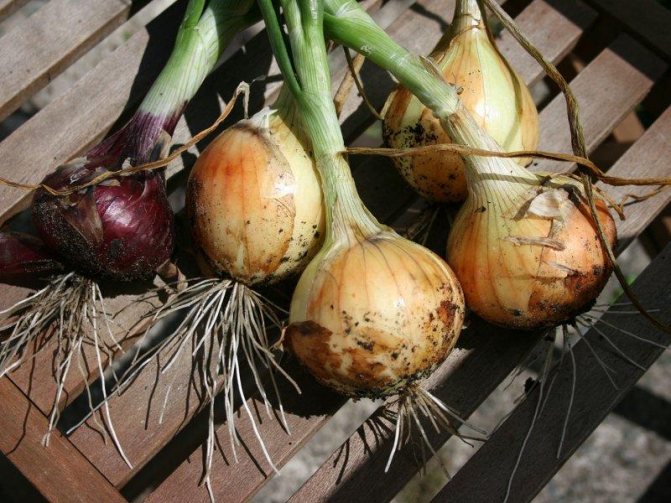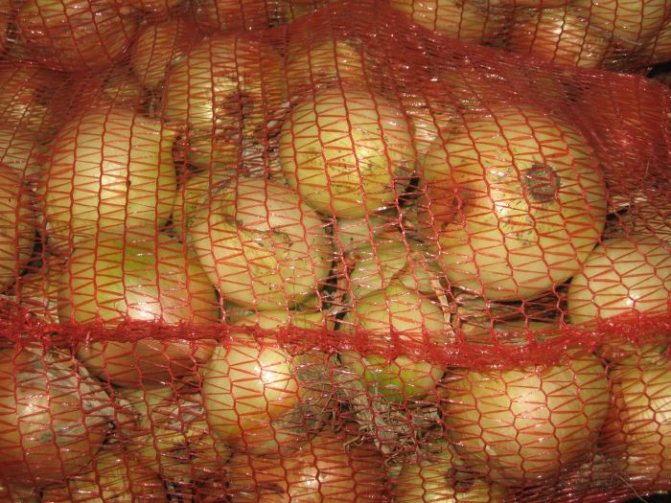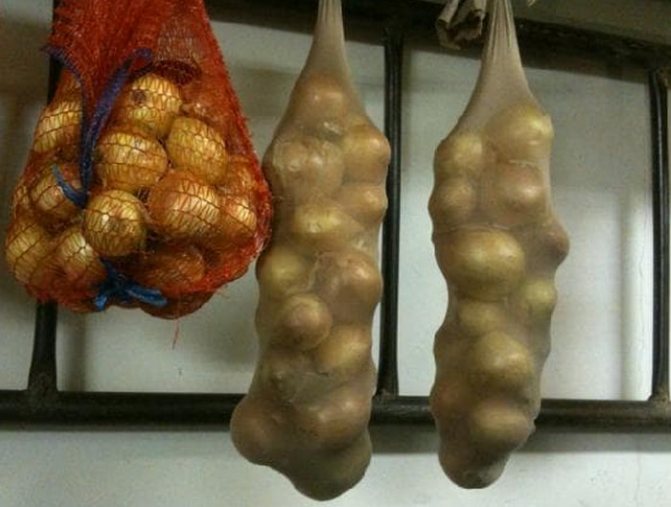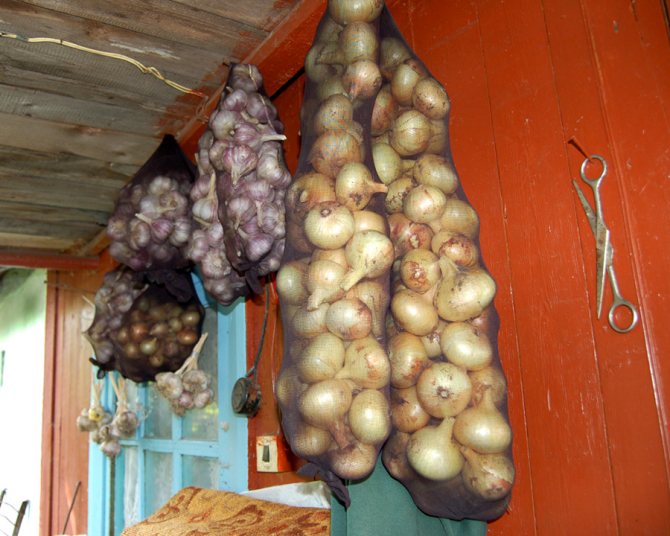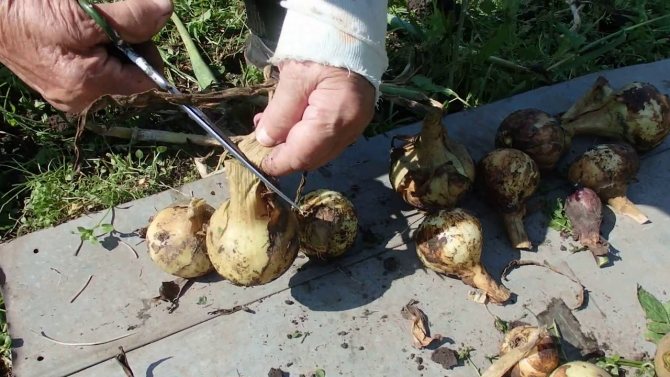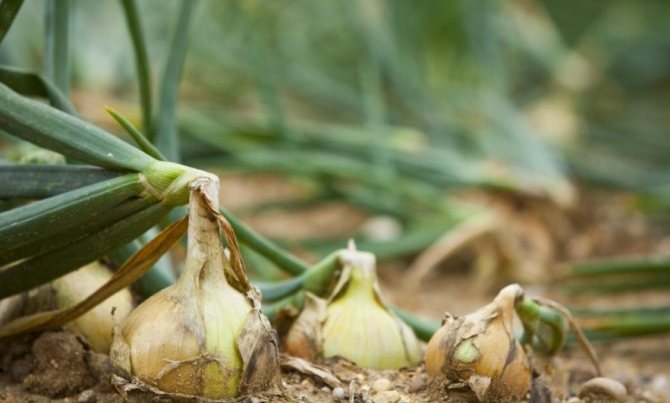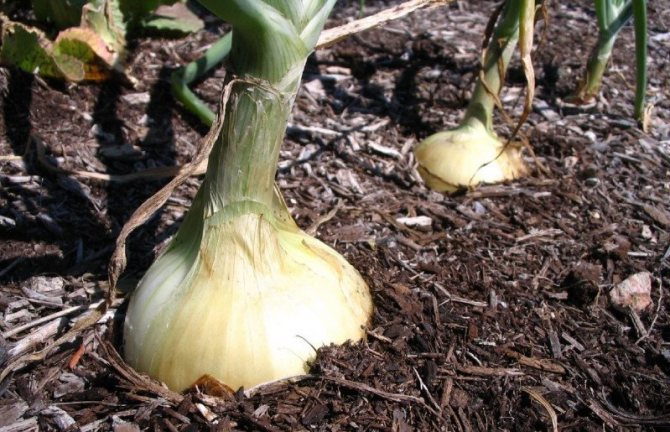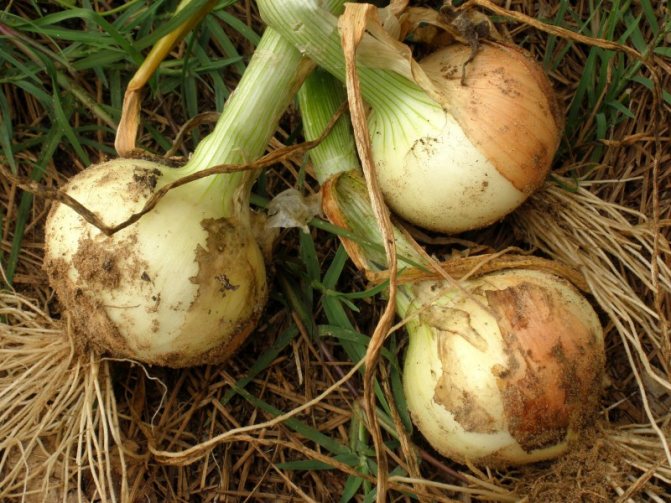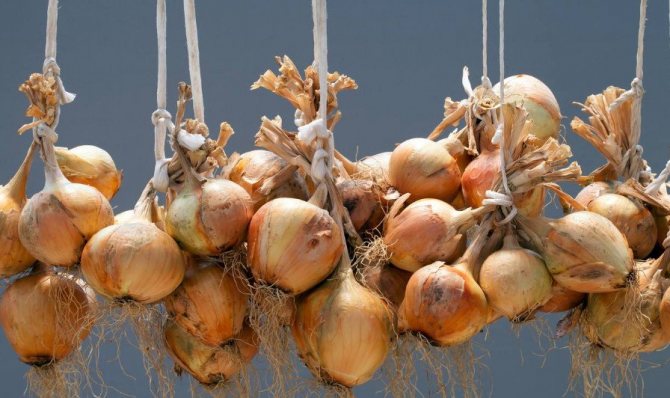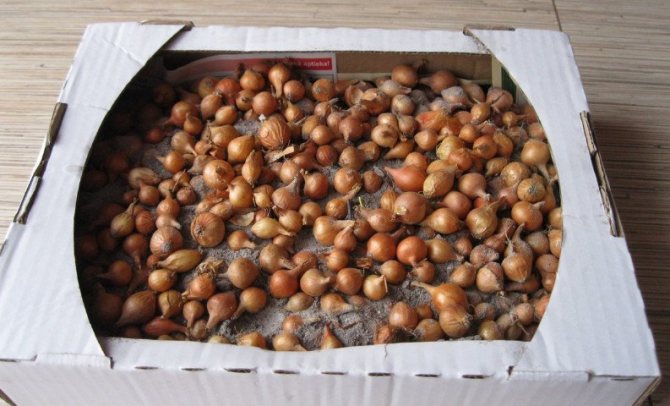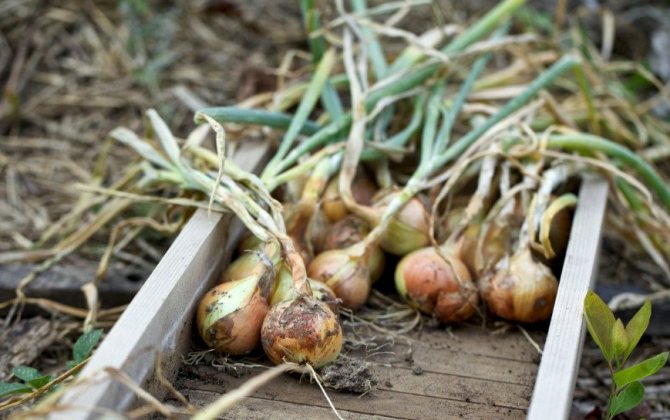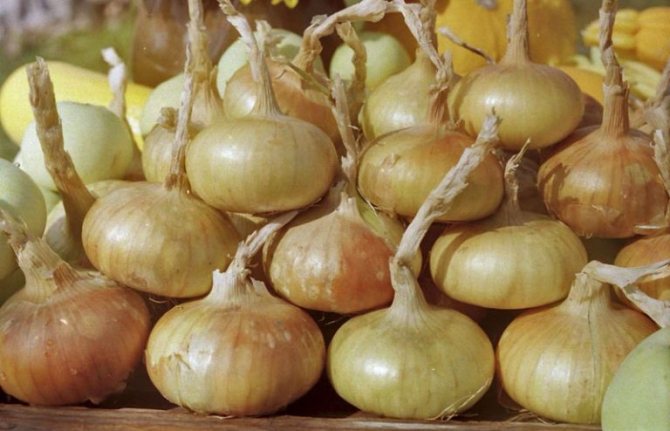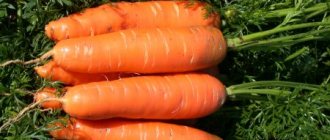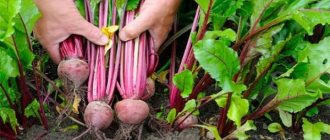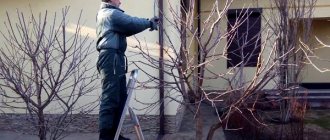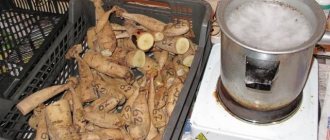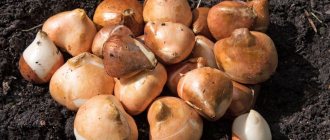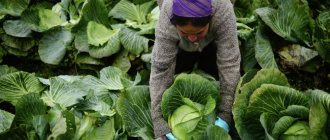Onions are the favorite of many housewives, cooks, and gardeners. It has a characteristic spice and taste, so it can be eaten fresh and used in various dishes, such as salads, soups, meats, spices, marinades, sauces and much more. To get a tasty and good vegetable from your garden, it is important not only to use the correct cultivation technique, but also to correctly harvest.
Note! The most popular type of onion is onion, so the information in this article refers primarily to him. But in addition to onions, there are other popular types of vegetable crops: onion sets, winter, family (shallots), leek. The signs of ripening, the rules for collecting and preparing for storage are also true for these types of onions!
Why timely harvesting of onions is important
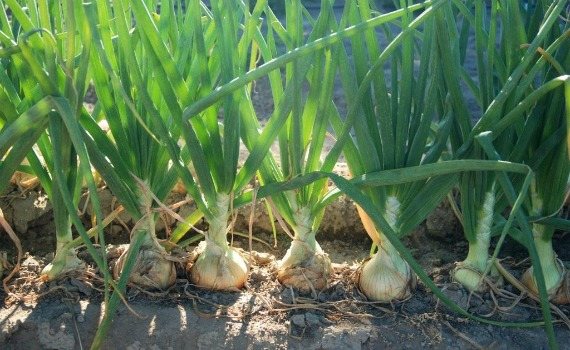
For the further preservation of the onion, it is very important to dig it up when the moment of full maturity comes. If you remove an unripe vegetable from the garden, it will not be able to be stored for a long time. In such onions, the integumentary scales are insufficiently formed, and the neck remains juicy and thick, which leads to its rapid decay.
In the event that the harvest is too delayed, the heads overripe. As a result, flakes flake off, new roots begin to grow - this also does not contribute to long-term storage. In either case, the onion loses its presentation, its taste deteriorates, the content of vitamins and useful microelements decreases.
When to harvest onions correctly
The most important rules to follow before harvesting correctly. At the moment when the side feathers of the onion begin to wither and dry, it is necessary to completely stop watering the onion. The soil should dry up and the roots will dry up with it. The outer shell of the onion - scales - will begin to form. You need to harvest the onions when the weather is sunny. All onions are dug up and folded in the garden bed.
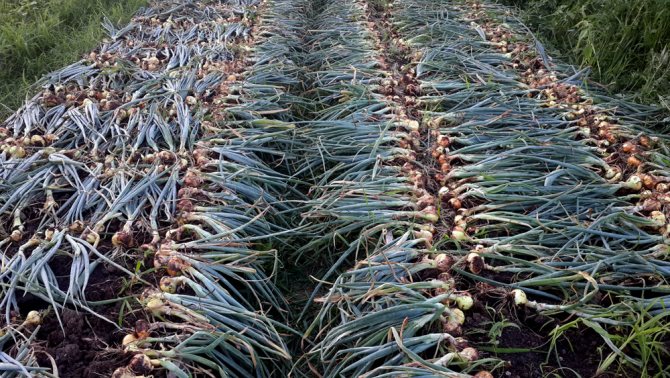

Photo: When to remove onions from the garden The onion should lie in the sun until dry, uniform golden scales form and the stem is completely dry. If rains are expected, then the entire onion crop must be urgently carried away under a canopy or a well-ventilated room. Keep it there until it dries completely. When you remove the onions from the garden for storage, if the onion leaves begin to turn yellow, but prolonged rains are predicted, you must yourself. To do this, you need to closely monitor the weather forecast. If the side leaves of the onion begin to wither, you need to manually lay the entire onion so that the onion breaks at the base.
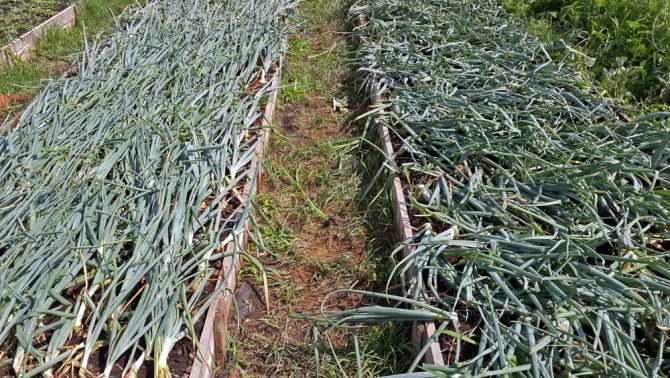

Photo: Putting onions on the garden by hand In this form, he should be in the garden to the last. Before the rains themselves, all the onions need to be urgently dug up and transferred under a canopy for further drying.
How to correctly determine the timing of harvesting a vegetable
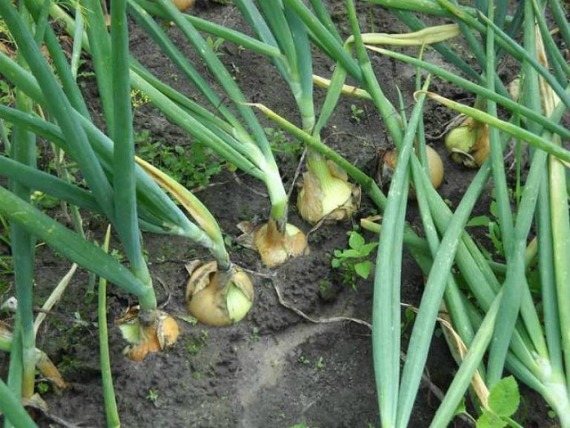

The approximate dates for harvesting onions are determined by the growing season of the variety, and more accurately, external signs will help to orientate. Once upon a time, onions grew only in the mountains, today this plant is grown everywhere. Breeders have developed special varieties for the southern region, Siberia, the Urals, and the middle lane. According to the sowing time, onions are subdivided into winter and spring.
By the growing season
Depending on the duration of the growing season, onion varieties are divided into early ripening, mid-ripening and late ones.
- Early bow ready for harvesting in 2.5 months from the moment of planting. This happens around mid-July. It is by this moment that he has all the signs of maturity.
- Mid-season and late varietiesusually harvested at the end of July or in the first days of August. Their growing season lasts 90-120 days.
Hot weather accelerates the ripening of the turnip, while cold weather delays it by one to two weeks. Winter onion varieties ripen 2 months earlier than spring onion varieties (planted in spring). Planting before winter is used to get fresh onions to the table in the summer, such heads are not stored for a long time.
Outwardly
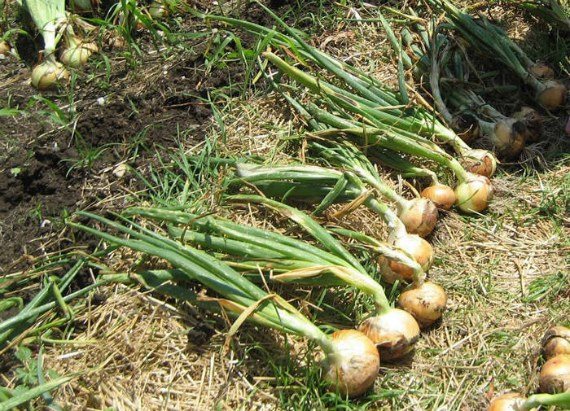

A spicy vegetable itself signals that it is time to harvest it.
External signs of maturity include:
- lodging and yellowing of leaves;
- rich golden color of the upper scales;
- thin neck.
You should not wait until the feather is completely dry, otherwise the onion will overripe. Sometimes it becomes necessary to accelerate the ripening of onions, for example, if a cold snap and rain is expected in the near future. To do this, apply one of the following measures:
- exposing the heads by raking off the earth;
- reduction in watering;
- lifting the bulbs;
- shortening the roots up to 5 cm (pruned with a shovel).
If you use any of the above techniques, then the supply of food to the turnip heads stops, which forces them to reorganize to accelerated maturation. Mowing tops is not worth it. Nutrients must move from the leaves to the turnip, if this does not happen, some of the beneficial properties of the onion will be lost.
Read more in the article: When to remove onions - set from the garden for storage
How to trim and dry
Having dug up a garden crop, it must be dried well for 15-20 days. For high-quality drying, favorable conditions are necessary: warmth and the supply of fresh air.
Drying methods
The most effective drying method for onions is outdoors on a sunny day. The bulbs are laid out in a row, and the feathers are directed in one direction. In this position, it will be easier to turn them. At night, the crop can be covered with foil, but it is better to hide it under a canopy.
If the weather is cloudy and it is raining, the dug vegetables are taken to a dry room. It is good if it has a ventilation system. In any case, the room must be well ventilated. It is even recommended to open the vents for a draft. It is important to turn the bulbs more often.
As a last resort, they are dried in the oven at a temperature of + 44 ° C. This procedure should be done no longer than 8 hours. This method is not ideal, but it can save turnips harvested in rainy weather from rotting. You can set the temperature to + 33 ° C, then the drying time is extended to 5 days.
Onion testes are cut and placed in a single layer in a dry place. There, for 20 days, they will ripen, constantly stirring so that they do not begin to germinate. In addition, stale feathers can become moldy.
Pruning rules
After the onion dries a little, the roots and feathers are cut off. If this operation is not done in a timely manner, then the bulbs will not be able to dry out qualitatively.
When pruning leaves, the neck is not cut off. If you cut it right down to the vegetable itself, it will start to rot during storage. If onion storage is planned in wreaths, then the leaves are cut off, leaving 4-5 cm for possible weaving. The roots are not completely cut off: 0.5–1 cm should remain to the bulb. Leeks are well washed before being stored.
How to know if the onion is dry
Experienced gardeners lay onions for storage, focusing not only on the timing of drying the crop. There are some indications that the bulbs are dry and can be sent for storage.
- When the heads are turned, they rustle.
- The top layer of the husk is lagging behind.
- The husk becomes golden in color.
- The neck is significantly reduced in size.
- The hand easily enters under the onion layer.
Important! Do not overdry the bulbs, as the protective scales can crack. As a result, the lower layers of the scales will be exposed, and the onion culture will not be able to survive until the desired time.
The timing of harvesting onions in the regions
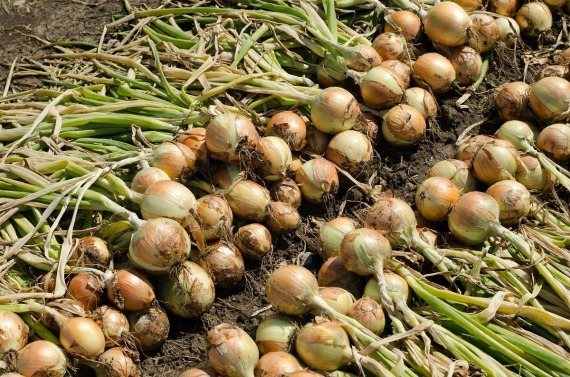

First of all, residents of the southern regions can harvest and store onions. In the center of Russia, in Siberia and in the Urals, harvesting takes place at approximately the same time, adjusted for weather conditions.
In outskirts of Moscow
In steadily warm weather, onions are harvested in the Moscow region from July 25 to August 15. In the heat, onion ripening is shifted a week earlier, and in cold and rainy summer, on the contrary, it is delayed.
In the Moscow region, it is often cold June, so sometimes the onions do not have time to ripen even by mid-August. 2 weeks before the expected date of harvesting, the garden is watered and weeded for the last time.
In the Urals
For cultivation in the Urals, it is recommended to choose early ripening varieties of onions. After all, the heat often comes here only in June, and in August it gets cold and it rains. The variety must necessarily be adapted for growing in harsh conditions. Popular ones include: "Strigunovsky", "Odintsovets", "Karantalsky", "Kabo".
Onions in this area are removed from the soil around the beginning of August. Since the Ural has a large extent, the growing conditions in different parts of it differ significantly. The colder the climate, the earlier the onions are dug up.
In Siberia
The climate of Siberia is characterized by late frosts in spring, alternating summer heat and rainy weather, and sharp temperature changes. Here, as well as in the Urals, it is customary to plant early ripening onion varieties such as Apogee, Ermak, Velina. In this case, the turnip should be suitable for long-term storage, be resistant to rot and fungal diseases.
Vegetable harvesting begins in late July - early August. Leaving the onions in the ground for longer is dangerous, the rains that have begun can ruin the harvest.
In the middle lane
In the temperate climate of the middle zone, onions ripen in 70-90 days. Any kind of vegetable can be planted here. Turnip harvesting begins in the second decade of July. You can more accurately determine the date by marking the planting day on the calendar and counting 70-80 days for the growing season. You need to pay attention to external signs.
How to speed up the ripening of onions and prepare them for harvest
If you understand that the optimal harvest time is approaching, and the onions are not yet showing signs of ripening or rain is foreseen (when they cannot be harvested), then some stimulating measures can be applied. To speed up the ripening of onions, you can perform the following manipulations:
- 2 weeks before cleaning watering stops... You need to stop watering even if the weather is dry.
- You can slightly undermine the suction rootsso that the bulb begins to feed on the leaf mass. Gently grab the tops and twitch slightly, as if you want to pull it out of the ground, while it should remain in the ground until it is fully ripe. For the same purpose, you can lift the onion with a pitchfork. Such a manipulation should be done very carefully on clay soil (you can tear off the stem) or sandy soil (you can pull out the onion completely).
- If the soil in the garden is dry and soft, then you can excavate each onion to expose its top... Thanks to such exposure, the covering scales will begin to ripen more intensively, which means that maturation will be faster.
Advice! If it rains shortly before harvest, it is recommended to protect the plantings. To do this, you can put arcs on the garden bed, and lay a film on them. At the same time, it is not worth covering the sides with foil: the places should be open for ventilation.
This is especially important if you practice the 3rd method (exposing the bulbs in the ground): if you do not protect them from precipitation, they will quickly begin to rot. Also, with the 3rd method, it is especially impossible to water the garden.
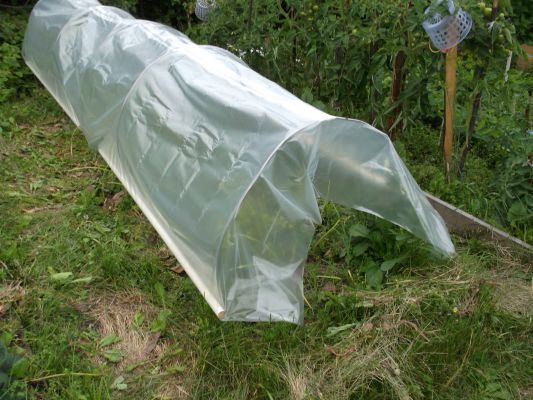

Important! It is not recommended to trim the feathers to stimulate ripening, otherwise you will deprive the bulb of the supply of nutrients.
Rules for harvesting onions from the garden
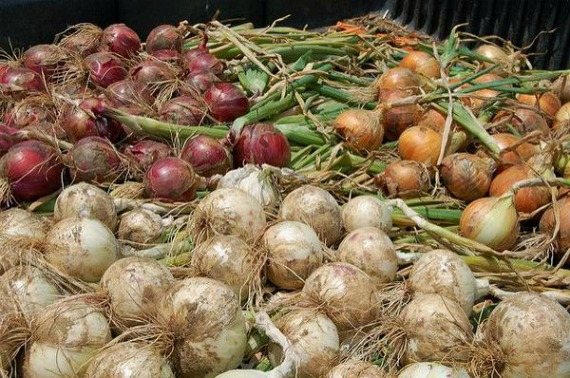

It is necessary to start cleaning in dry, sunny weather. If it rains, it is better to postpone the work and wait until the earth dries out. How the bulbs are removed from the ground depends on the structure of the soil. The light sandy soil allows the bulbs to be removed by hand.
In heavy clay-dominated soil, it is best to use a pitchfork. It is undesirable to use a shovel due to the fact that you can accidentally touch and damage the heads. If there are particles of adhering earth on the turnips, they are carefully cleaned off. The dug out bulbs are laid out in rows to dry in a sunny place.
On a note! In no case should you hit the onions on the ground or against each other for cleaning. Decay may occur later at the impact site.
How to dig it right
Having decided when to harvest the onion, it remains to wait for it to fully ripen and start harvesting. It is better to start digging the turnip onions under the condition of clear sunny weather. Harvesting should be started early in the morning to allow the crop to dry in the sun throughout the day, shaking the fruit periodically and turning it over to dry quickly.
You need to pull out the bulbs very carefully, because if you pull out the tops, it will rot.
For ease of collection, you can use a pitchfork or a compact garden fork. If soil remains on the bulbs, you should clean it with your hands so as not to damage the integrity of the fruit, as infection can penetrate through the cracks. Damage to the crop should also be avoided in order to prevent rotting.
Preparing root crops for storage
It is necessary to properly prepare the onion so that it can be stored longer. The preparation procedure is reduced to drying, pruning the leaves and sorting the vegetable.
Feather trimming
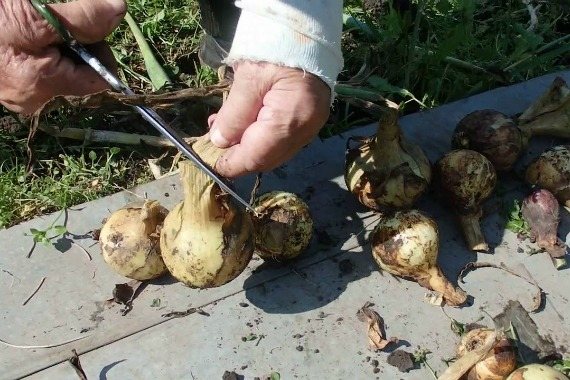

Whether or not to trim the feathers depends on how you plan to store the onions. If you store it in the old fashioned way, weaving the heads into a braid, the feather should be left intact. If the vegetable is stored in boxes or other containers, the above-ground part is cut off, leaving a stump 5 cm long.
Pruning is done after the onion has dried before storing it. The roots are cut at the same time. In some of the heads that are planned to be used for planting, the roots are not pruned.
On a note! Feathers cannot be cut close to the onion, because in this case it will be easier for the pathogenic microflora to get to the inside of the vegetable and spoil it.
Drying
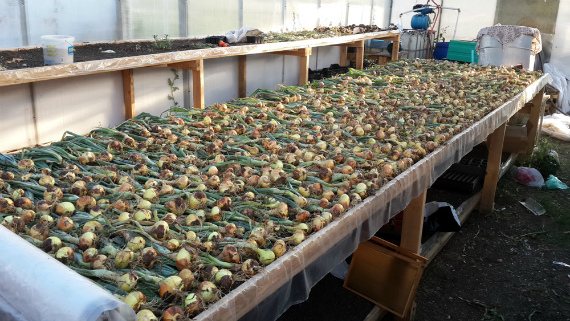

They dry the onions right in the garden, placing boards as a base, but only if the weather is fine.
If rain is predicted, the heads are placed in a saran or under a canopy, spreading them in one row for 1-2 days.
Further drying continues in a dry, warm room with good ventilation. This can be a closed veranda, an attic of a house, a warm barn.
The bow can be braided and hung, or laid out on the material, in nets, lattice boxes raised above the floor. The heads are turned daily to dry evenly. After 1-2 weeks, the crop can be harvested for long-term storage. The signal that the onion is dry will be its appearance.
A properly dried vegetable should have a thin, dry neck, dried roots and a rustling husk.
Onions, which were selected from wet soil, require special drying conditions. The harvest is kept for 8 hours at a temperature of 40 ° C. Additionally, you can sprinkle the heads with crushed chalk, this will guarantee the preservation of the onion for several months.
Sorting the bulbs
The onions are sorted before being transferred to storage.Not all crops will last the same length of time. Heads with traces of damage, rot, without upper scales, with a thick neck should be separated and used primarily for cooking. Only a strong, even onion with dense covering scales, which does not have signs of disease, is well stored.
General rules for harvesting onions according to the lunar calendar for 2020
The requirements for a favorable period for harvesting onions for storage are simple, the main one is that the collection should be made during the waning moon, especially if it is in the signs of Aquarius or Capricorn. The only exception is the sign of Cancer, with it, harvesting can lead to watery roots.
Based on the foregoing, we present the dates that are best suited for harvesting onions in 2020:
- July: 17-19, 22, 23, 27-29
- August: 16, 18, 21, 22;
- September: 8, 9, 18, 19, 20, 21;
Digging onion sets: August 2-4.
Harvesting of black onions for sevok: August 11-13.
* Recommendations are given according to the lunar calendar from the magazine "1000 Tips for Summer Residents".
How to preserve the harvest of onions for the winter
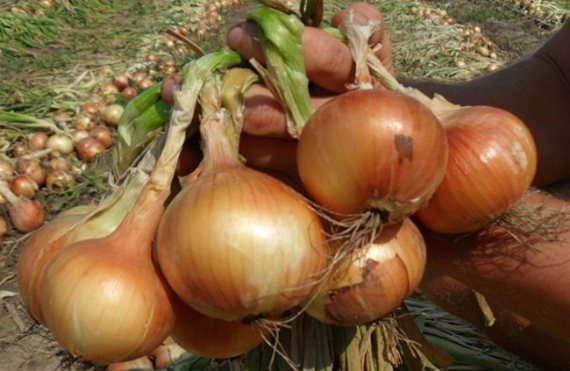

It is not enough to collect a good harvest of onions, you still need to try to preserve it without losses. It is important to note that not all onion varieties are stored equally well. Late and spicy varieties of vegetables are distinguished by the best keeping quality. Do not forget that the duration of storage is directly influenced by the timing of cleaning. Much depends on compliance with optimal conditions.
Storage conditions
It is great if there is a basement or cellar for storing onions. The room must be well ventilated and have reliable thermal insulation so that in severe frosts the crop does not suffer from too low temperatures.
If there is poor ventilation in the cellar, excess moisture accumulates in the air and the shelf life of onions in this case will not be more than 4-5 months. The ideal temperature for storing onions is between 0 ° C and -3 ° C. This option is considered a cold storage method.
In the absence of ancillary premises, summer residents are forced to store the onion crop in a city apartment. In this case, we are talking about a warm storage method. In an apartment, onions are best preserved at a temperature of +18 - 22 ° C and an air humidity of 50-70%.
The humidity regime is no less important for the preservation of the crop than the optimum temperature. If the air is too dry, the bulbs will dry out. A high moisture content provokes the appearance of mold and cervical rot, and leads to the germination of bulbs. To reduce air humidity in the storage, containers with sawdust, lime or ash can be placed. These materials are excellent at absorbing moisture.
The balcony is the most inappropriate place for winter storage of onions. It is difficult to maintain the required level of temperature and humidity, avoiding their sharp fluctuations. A dry closet is best suited for this purpose in an apartment, where the bow is placed directly on the floor, placing it in a box or cardboard box.
On a note! Periodically, the bulbs need to be sorted out, checking their condition. Rotten specimens must be removed immediately so that the disease does not spread to the rest of the heads. Damp onions are dried again.
Methods for storing onions
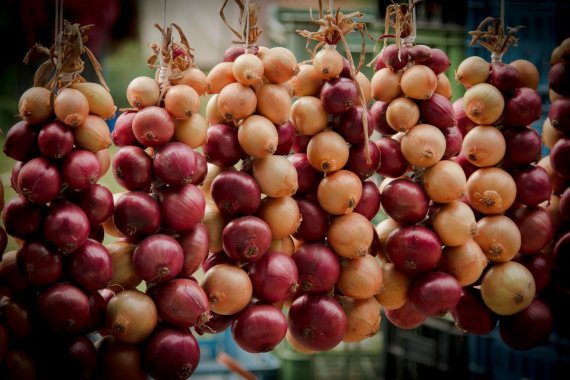

Most often, onions are stored in a container specially designated for this. The following are usually used as storage containers:
- wooden or plastic boxes;
- carton boxes;
- nets for storing vegetables;
- wicker baskets;
- canvas bags;
- nylon stockings.
It is better to use small boxes and boxes, 25-30 cm high. The walls and bottom should have perforations in order for the bow to be well ventilated. Bags and nets should also be filled with bulbs to a maximum height of 30 cm. It is better to use several small storage containers than one large one.
Plastic bags and bags are completely unsuitable for storing bulbs in them due to the fact that they are completely moisture and air tight. In such a container, the onion will quickly rot.
In the apartment, the bulbs can be stored by hanging them right in the kitchen. Such an original way of storage will give the interior a unique flavor. In order to beautifully braid the onion into braids, dried leaves are kept on it, into which twine is woven. At the same time, the vegetable will disinfect the air in the room, thanks to the released phytoncides.
Important nuances of drying and storing bulbs
Bulbs are considered dried when the moisture content of the flake coating is 14-15%. The main thing is that when drying the onion scales do not crack, otherwise the vegetable becomes vulnerable to bacteria.
Onion storage containers are filled with ash, sawdust or salt. According to the old tradition, the bulbs are hung from the ceiling in worn stockings or mesh bags. Aesthetes prefer to weave beautiful “braids” from dry stems to secure the onion bundles. Arrangements made of onions decorate the interior in country style.
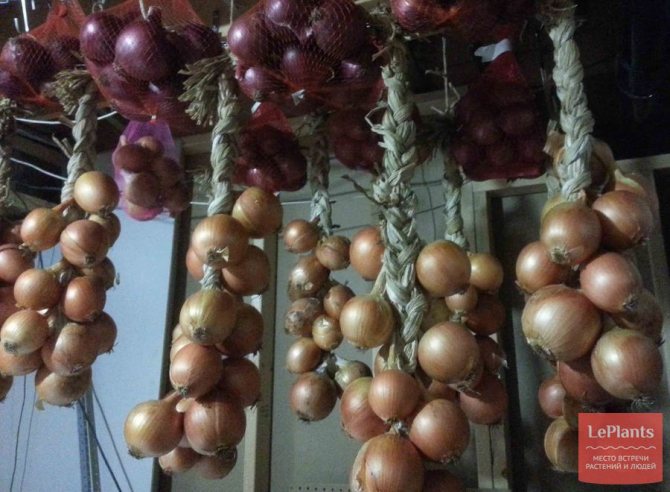

ON THE PICTURE: Onion braids - beauty and convenience "in one bottle".
Storing onions and garlic is easier than it sounds if you don't forget the basic rules. Learn all about storing onions and storing leeks in the dedicated articles and let your harvest survive the winter!
What happens if you don't harvest on time?
Onions, harvested unripe, have a thin skin that is easily damaged during transportation, and a thick, not dried neck. Such a vegetable is more exposed to bacteria during storage. Fungal spores penetrate into the bulb through microcracks on the peel and through the undried neck. Such onions begin to rot within a month or two after being laid for storage.
If you are late in harvesting the turnip planted "on the head", the vegetable may begin to rot already in the soil. The bulb cracks near the bottom, microbes and pests enter the wound. An overgrown onion can sprout new roots and even a feather, losing juiciness and vitamins.
Harvesting technology
In order for the crop to be stored for a long time and without loss, it must be properly harvested. For work, choose the morning of a dry and sunny day. Of the tools you will need:
- pitchfork;
- pruning shears or scissors to trim the feather.
They collect the turnip, digging it up with a pitchfork. It is impossible to pull the vegetable out of the soil by the tops, this can lead to the separation of the feather and damage to the bulb.
The crop is laid out right there, on dry ground, to dry until evening. Then they take it under the roof (to the greenhouse) for further drying.
On a note. If the weather is rainy, the onions are taken from the garden immediately after digging, to dry under a canopy. There it is laid out on a grid so that the vegetable is blown by the breeze from all sides.
Dry the turnip before storing it for at least 7-10 days. The temperature during this period is maintained at +25 +27 degrees.
See also How to properly grow large onions outdoors
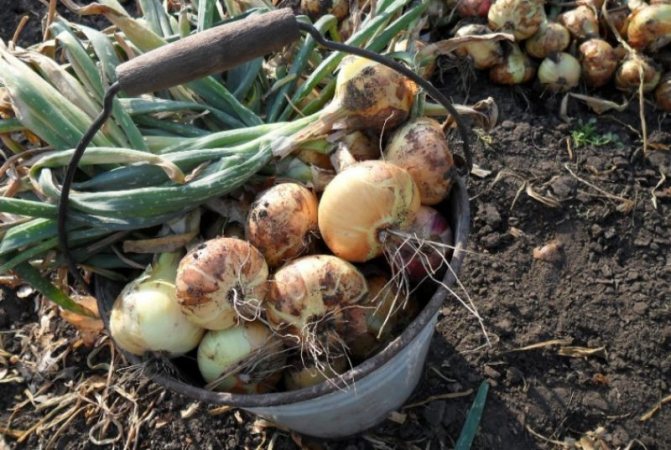

Expert opinion
Stanislav Pavlovich
Gardener with 17 years of experience and our expert
Ask a Question
Important! The main criterion for the readiness of onions for storage is a completely dried neck. It becomes thin and dry to the touch.
The tops are cut off (if you do not plan to braid the onions in braids) 2-3 days after harvesting. During this time, the remaining nutrients from the feather pass into the bulb, and the tops finally dry out. The pen is removed in two ways:
- cutting off with pruning shears or scissors at a distance of 4-5 cm from the bulb;
- twisting the pen by hand.
The roots are cut from the head before storage, at a distance of 1 cm from the bottom.

